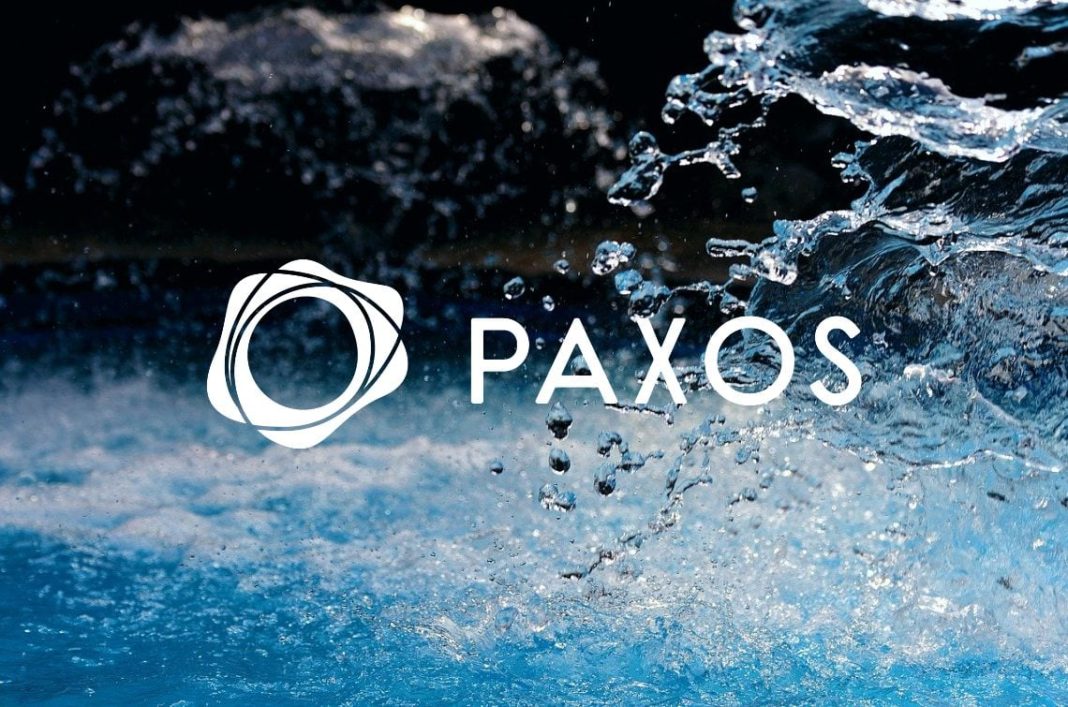The approval granted by Singapore to Paxos for the issuance of its stablecoin marks a turning point in the evolution of regulated cryptocurrencies.
This event confirms the strict adherence to international financial regulations. Furthermore, it lays the foundation for a trusted and secure environment for investors and users of cryptocurrencies in Asia and beyond.
In addition, the strategic partnership with DBS for the custody of the reserves underlying the stablecoin underscores the commitment to security and transparency in the emerging digital finance sector.
Let’s see all the details below.
The monetary authority of Singapore at the forefront with the framework for stablecoins: the milestone of Paxos
As anticipated, Paxos, a company specializing in digital assets, has obtained the green light from the Monetary Authority of Singapore to offer digital payment token services, paving the way for the issuance of stablecoin.
DBS, the largest bank in Singapore, will collaborate with Paxos to manage liquidity and custody the reserves of the stablecoins.
On Monday, Paxos announced that it had obtained full approval from the Monetary Authority of Singapore, thus becoming operational in its third jurisdiction.
The main products of Paxos include PayPal USD (PYUSD) and Pax Dollar (USDP), and the partnership with DBS will ensure a safe and efficient management of their reserves.
Last year, Singapore introduced a framework for stablecoins, requiring issuers to adhere to strict stability and redemption requirements.
This new regulatory framework is designed to ensure the security and trust of users in the stablecoin market. Based in New York, Paxos is already authorized to operate in the state of New York and the United Arab Emirates.
The expansion to Singapore represents a significant step forward for the company, consolidating its global presence and strengthening investor confidence in stablecoins as safe and reliable financial instruments.
Circle: first company to obtain the EMI license in the EU for stablecoin
Besides Paxos, there is other important news regarding stablecoins.
Circle, global issuer of stablecoin, has reached an important milestone by becoming the first company to obtain an Electronic Money Institution (EMI) license in the European Union.
This license is essential to offer cryptocurrencies pegged to the dollar and the euro in the EU according to the new regulation of the crypto-asset markets (MiCA).
The EMI license positions Circle, whose USDC is the second largest stablecoin after Tether USDT, in a favorable position to expand its market share among the 450 million inhabitants of the 27 member countries of the European Union.
We remind that stablecoins are fundamental in the digital asset market, facilitating trading on exchanges and finding more and more applications in transactions and remittances.
Currently, Circle’s USDC is worth 32 billion dollars, while the gap with Tether’s USDT, which amounts to 110 billion dollars, continues to increase.
Thanks to the license granted by the French banking regulatory authority, Circle Mint France will issue its stablecoin EURC, denominated in euros, directly in the EU. Additionally, it will also manage the issuance of USDC from the same institution.
This initiative follows the implementation of the MiCA regulations on stablecoins on June 30, which led some cryptocurrency exchanges to remove euro-denominated stablecoins such as Tether’s EURT.
The global approach of MiCA to stablecoins was incentivized by the possibility that large tech companies like Meta could enter financial markets with projects like Diem (formerly Libra).
This has led to five years of concerted political development in Europe, according to Dante Disparte, head of policy at Circle, who participated in the Libra project.


